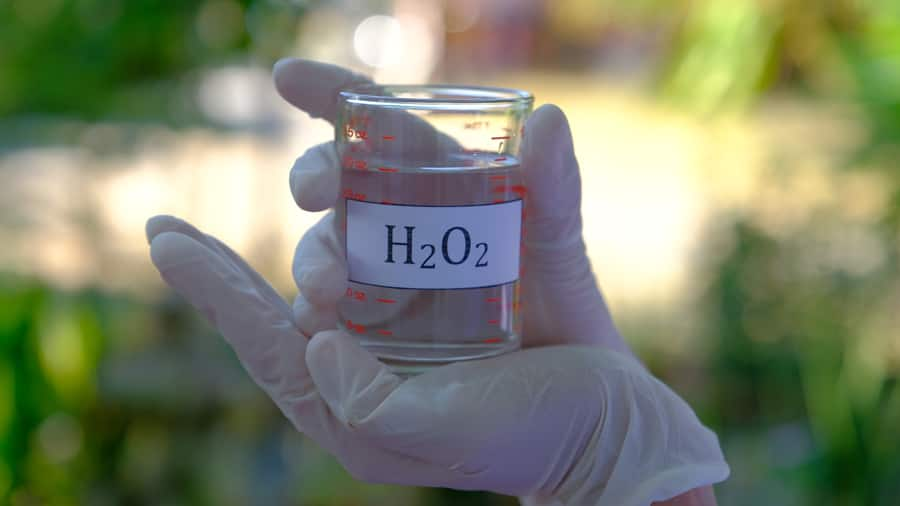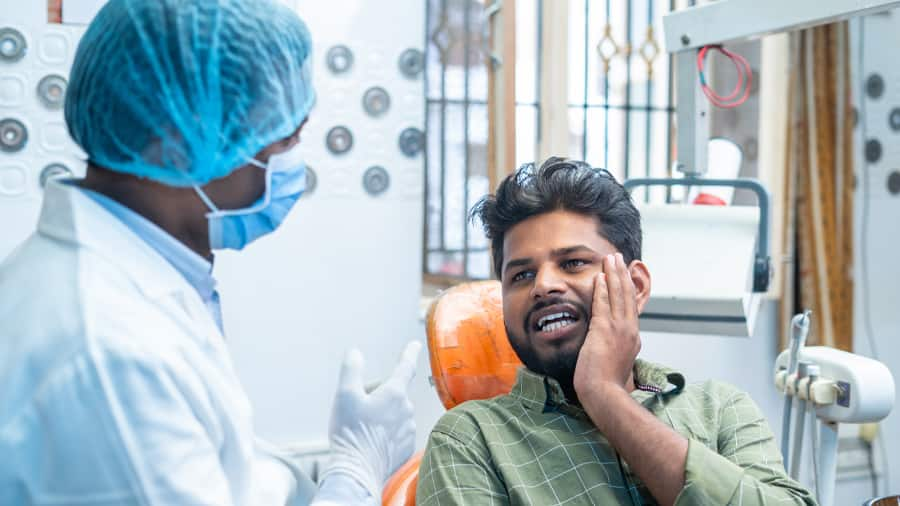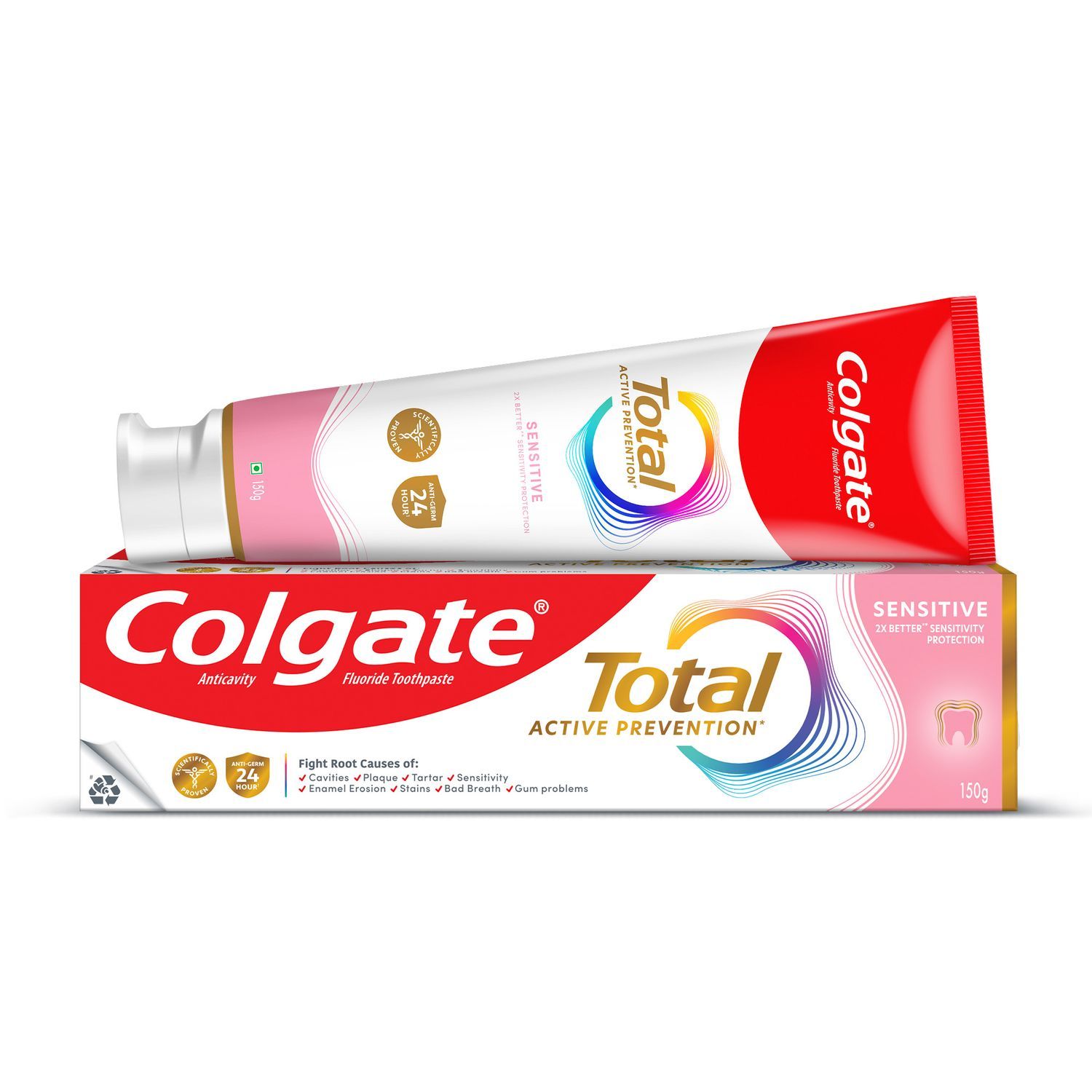-
-

TEETH WHITENING
What Is Stannous Fluoride Toothpaste?Stannous fluoride toothpaste helps prevent cavities, reduce sensitivity, fight plaque, and support daily gum and enamel health.

Selecting Dental Products
Best Toothpaste in India: Five Dentist-Recommended TypesToothpastes today are formulated to meet your every dental need and come in many flavours. Have your dental professional suggest the best toothpaste in India.
-
Science & Innovation
- ORAL HEALTH CHECK
- PRODUCT MATCH
- Colgate® | Toothpaste, Toothbrushes & Oral Care Resources
- Oral Health
- Gum Disease
- Gingivectomy Surgery: What You Need To Know


The Indian Dental Association notes that periodontitis is also called periodontal or gum disease. It is estimated that 85% of the population has some form of gum disease. A gingivectomy may be performed to heal the effects of periodontal disease or to correct a gum condition involving the structure of teeth. It is one of a few procedures that can help reverse periodontal issues. Read on to learn more about the procedure, how it is done and if it may be a possible treatment option to return your smile and gums to tip-top shape.
What Is It?
The procedure is the total removal of a portion of gingiva (gum) from in and around a tooth or teeth in order to treat gum disease or to lengthen the height or width of a tooth or a section of teeth. It can be performed by a general dentist who has training in periodontal surgery. The procedure is more likely to be done by a periodontist. The Indian Dental Association defines a periodontist as specialist in prevention, diagnosis, treatment and structural diseases of the periodontal membrane or gums and related tissues that surround and support the teeth.
Another type of periodontal surgery is called a gingivoplasty. A gingivoplasty is different than a gingivectomy as the former only involves a partial removal of the gums (plasty). The latter removes an entire portion of a gum section.
How Is a Gingivectomy Performed?
The Indian Dental Association defines gingivectomy/gingivoplasty as a dental surgery wherein excess gum tissue is surgically excised. The underlying bone is not exposed. A periodontal dressing covers the teeth and gums post-surgery to protect them while healing. The patient may experience pain during the procedure, but usually not after. Occasionally dental veneers can be used as part of this procedure to help increase the amount of tooth show. The diseased tissue is trimmed and removed, the remaining gums are reattached in and around the teeth by sutures (stitches), and the area is cleaned with saline and special rinses. A local anaesthetic is used to keep the patient comfortable during the procedure.
After the procedure is completed, a surgical dressing, or pack, is placed in and around the teeth and gums. This dressing is left in place for about a week. Swishing with an antibacterial mouthwash can help in the healing process.
What Care Is Required Post-Gingivectomy?
Most patients can return to a normal oral care regimen in less than a month after the procedure. Routine check-ups with a dentist or periodontist will ensure that the surgery is a success. The dental professional who performed the surgery will probably want to follow up with visits every three months, and then at least a twice yearly preventive health visit to clean in and around the surgical site.
This article is intended to promote understanding of and knowledge about general oral health topics. It is not intended to be a substitute for professional advice, diagnosis or treatment. Always seek the advice of your dentist or other qualified healthcare provider with any questions you may have regarding a medical condition or treatment.
ORAL HEALTH QUIZ
What's behind your smile?
Take our Oral Health assessment to get the most from your oral care routine
2.3 billion
people worldwide suffer from tooth decay
ORAL HEALTH QUIZ
What's behind your smile?
Take our Oral Health assessment to get the most from your oral care routine
2.3 billion
people worldwide suffer from tooth decay
Related Articles

Gum disease
Finding the Best Toothpaste for Gums
Adult Oral Care
Hydrogen Peroxide and Oral Care BenefitsHydrogen peroxide is a whitening agent, but it can also help kill bacteria that damage your gums. Learn how hydrogen peroxide gums treatment works, here.

Adult Oral Care
Is Gum Reshaping Right For You?Gum contouring, involves changing the shape of your gums to be more aesthetically pleasing. Visit Colgate now and learn if this procedure is right for you.
Related Products

Helping dental professionals
More professionals across the world trust Colgate. Find resources, products, and information to give your patients a healthier future







